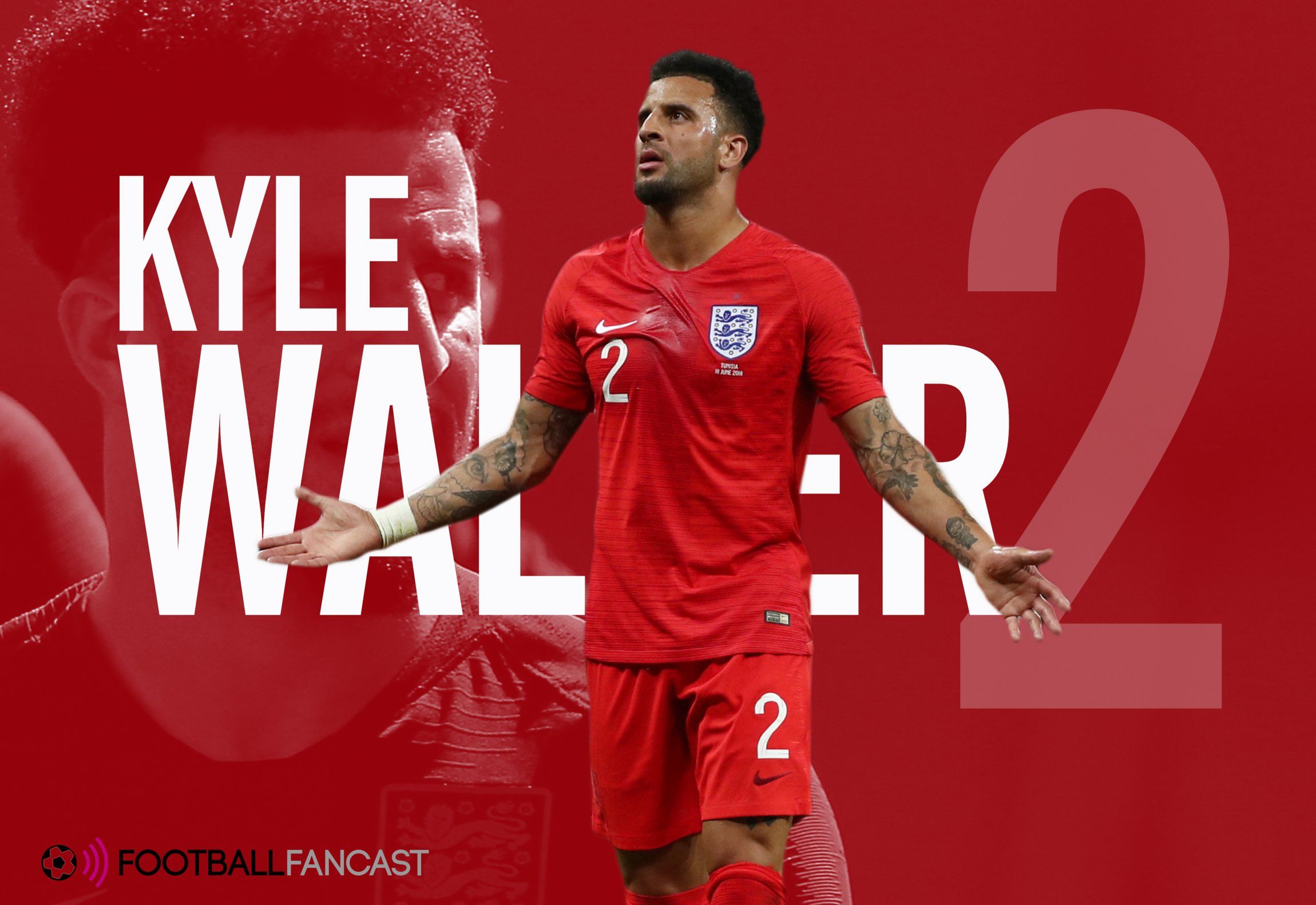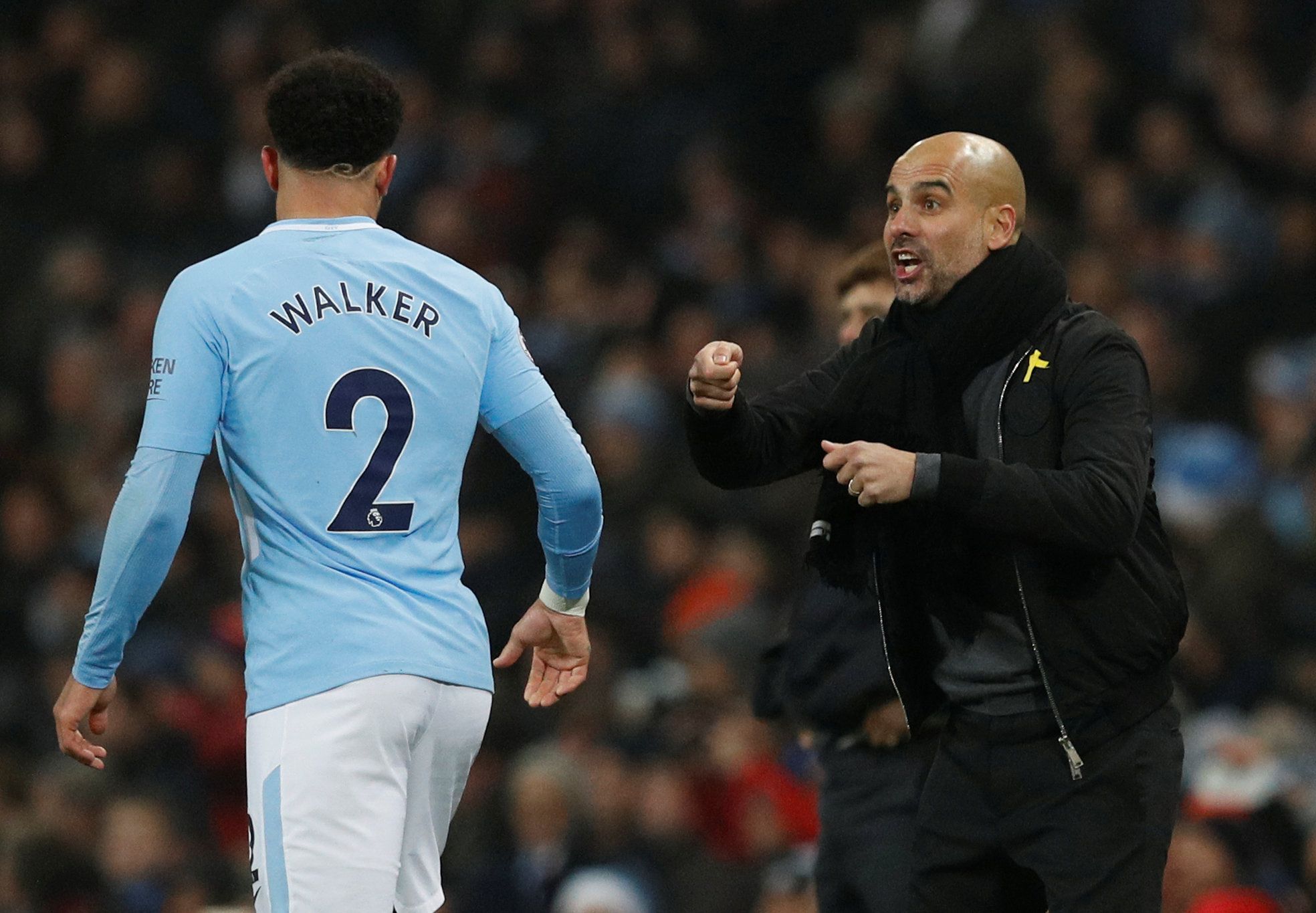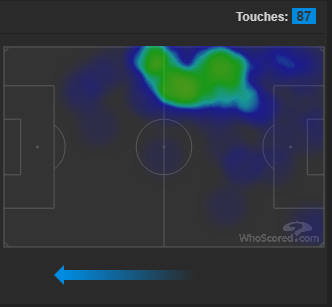Eyebrows were raised when Gareth Southgate elected to play the world's most expensive right-back as a centre-back for England's friendly against Holland back in March and some were scathing of the decision. Kyle Walker had very little experience playing in the middle of defence and all his attributes pointed to him being the epitome of the modern wing-back.
Walker made his reputation at Spurs as a lightning fast right-back in a back four. He patrolled the channel, occupying a very similar role to the one Kieran Trippier fulfils currently for England, getting forward and whipping in crosses, and chasing back to stop counter attacks. When Pep Guardiola forked out £50million to bring him to Manchester City, few thought he wouldn't be England's starting right-back the following summer.
When Southgate employed the functional and predictable 4-2-3-1 formation for the World Cup qualifying matches, the play was cumbersome and rigid. After switching to three at the back, this allowed him to include both Trippier and Walker, two of England's quickest and most dynamic players. The role that Kyle Walker now plays for England is essentially very similar to a traditional right-back. He still protects that right flank but doesn't bomb forward as he's accustomed to at Man City. His value in this position has been proved when chasing back Colombian counter attacks with incredible speed.
His heatmap against Sweden, as provided by WhoScored, shows that his average position is still that of a right-back. For Manchester City, you would expect the opposition half to be covered in the same manner, but this is how Gareth Southgate has successfully managed to get the most out of the two speed merchants. By essentially playing a defensive right-back and an attacking right-back, England can share the duties that would normally fall on just one of Walker or Trippier.
The Manchester City right-back spoke before the World Cup about his reluctance to play as a centre-back. He described is as a 'step back' to spend his entire career towards playing as a right-back on the biggest stage in the world then to be demoted to centre-back in favour of his former understudy.
Despite his protestations, Southgate's defensive switch has allowed for pace in defence as well as Trippier's deadly set-piece deliveries, such a key component of England's World Cup success so far.
[brid autoplay="true" video="270847" player="12034" title="England's 1966 World Cup Omens"]
All this serves to underline what has been missed in the conversation about Gareth Southgate's management at the tournament in Russia. He has been praised, rightly, for his motivational and man-management skills but his tactical decisions have been underplayed to the extent that what once seemed absurd now seems normal.
England Assistant Steve Holland brought the formation from Chelsea that Antonio Conte had used so successfully in his first season in English football, and together with Southgate, they have adapted it to work for the national team.
Whatever the outcome of England's World Cup campaign, Southgate has not only changed the team's relationship with the fans and the general mood of the country towards its football team, it should also not be forgotten that he has been the first manager in recent times to be tactically bold and change the status quo.
[ad_pod ]



